From Last Chance to First Choice: Alternative Schools That Show the Way Forward
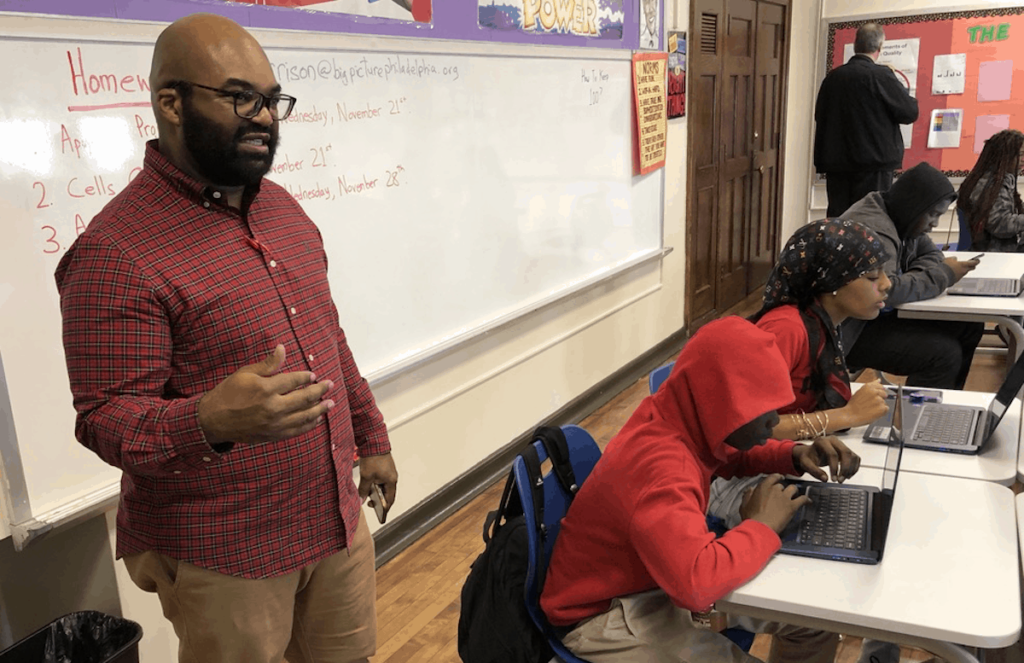
Last March, high school junior Walter Cortina lost his job, then he found out that his state prohibited high school students from receiving unemployment benefits. As a primary wage earner for his family, he explained this problem in an articulate op-ed in the local newspaper.
Walter was able to land a paid internship at The Minneapolis Foundation where he created Bridgemakers, a mentorship-based leadership program for Twin Cities youth seeking to break cycles of poverty, violence and poor education. Policy advocacy efforts by Walter and fellow Bridgemaker Cole Stevens (featured in a recent podcast) were successful in changing the state law and compensating unemployed teens across the state.
Cortina is a senior at High School for Recording Arts, a public school in Saint Paul that pioneered the concept of connecting with at-risk students through music and related businesses. It helps young people develop agency and change-making skills to tackle real-world problems.
These types of empowering, real-world-connected learning experiences have been and are becoming a focus for more alternative high schools across the nation.
Alternative schools typically serve disengaged, disenfranchised, or disciplined youth. When they offer high-quality programs, they also attract learners simply seeking a more engaging alternative to traditional high schools or a pathway more well-aligned with their identity and aspirations.
Following are seven types of schools that provide a learner-centered alternative to traditional high schools.
Whole Learner Supports
Many alternative schools attend to what Turnaround for Children calls whole child design principles: positive developmental relationships, environments filled with safety and belonging, Integrated support systems, and rich learning experiences that aim at the development of skills, habits, and mindsets.
While they may be bound by the same state and district graduation requirements, these alternative schools are not playing the traditional GPA and advanced credits race –they may not even give grades or offer college-level courses. Instead, they focus on the whole child, build relationships, draw out interests, and support intentional individual pathways to work and further learning.
Boston Day & Evening Academy has proficiency-based pathways that allow students to progress based on demonstrated mastery rather than seat time. Students benefit from wraparound services, digital tools that help create a personalized approach, and a school open 12 hours a day–in a regular year (see feature).
Bronx Arena High School serves over-aged, under-credited youth who have dropped out or are not on track to graduate; these are typical characteristics of a transfer school in NYC. The small, relationship-based school (with no more than 200 students) partners with youth and family services. Each student is paired with an advocate counselor, who provides guidance and support for individual goal setting in the personalized, self-paced environment.
Some alternative schools have broken free of traditional courses. Liberty Academy north of Kansas City organizes learning in six-week bursts of interest-based learning often connected to one of 100 community partners. Students set goals in about four success skills during each burst. Teachers in this competency-based school help students to document their growth weekly.
Whole child approaches prioritize counseling and guidance and often feature restorative and mindfulness practices embedded within an advisory system. One of the best examples is the Compass Program developed by Valor Collegiate.
Work Experience
Schools in the Big Picture Learning network build experiences, one student, at a time. They build interest-based internships and manage them with ImBlaze mobile app.
Vaux Big Picture High School is a partnership between Big Picture, The School District of Philadelphia, the Philadelphia Housing Authority, the Community College of Philadelphia, and youth and family services. Ninth graders take a Real World Learning class to gain work-ready competencies and prepare for internships in tenth grade. Students present public products at exhibitions at the end of each semester (see feature).
John J. Cairns High School is an alternative school in Lindsay Unified School District in the Central Valley of California. The district is a leader in competency-based learning and supports this focus with project-based learning and Big Picture’s Leaving to Learn internships (see learner goals).
Health Leadership High School in Albuquerque prepares young people to become community health advocates and leaders in the healthcare industry. With 180 learners from 14-24 years old, the school is part of the Leadership Schools Network serving marginalized and disengaged youth. Each summer the staff solicits project ideas from community health providers. They do not have ‘courses’ rather they have projects and most students work on three per day. Every project must have deliverables valuable to the community. All students in the network benefit from paid internships (see feature).
Mesa Valley County School, District 51 in Grand Junction, Colorado, has alternative pathways and schools. There is Summit (a transitional program for students who do best with more support and structure); Valley High School (a small school model); the Career Center; and R5. R5 (Respect, Responsibility, Relevancy, Readiness, Reinforcement) High School serves ages 16-21-year-olds that participate in six core competency classes with an option to accelerate or achieve off-campus. In addition, there is a child care program for parenting teens, partial day career options, and a learning space for learners to build anything they can dream of and develop local businesses from this space. More on this school in the Competency Works Quality and Equity by Design Paper and related blog on the school.
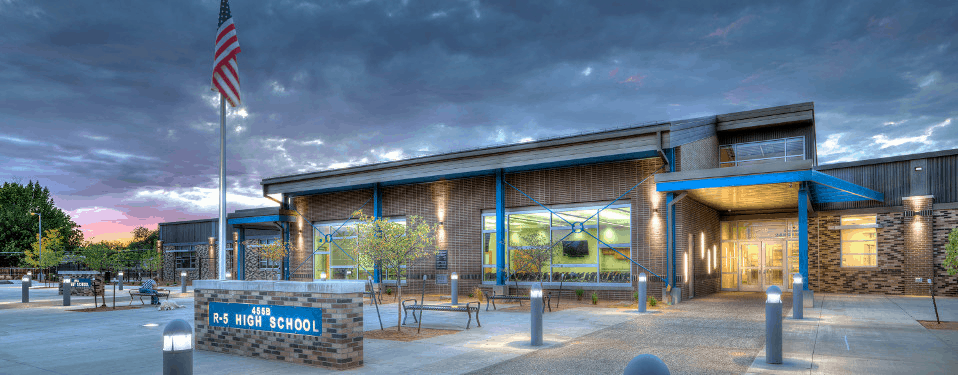
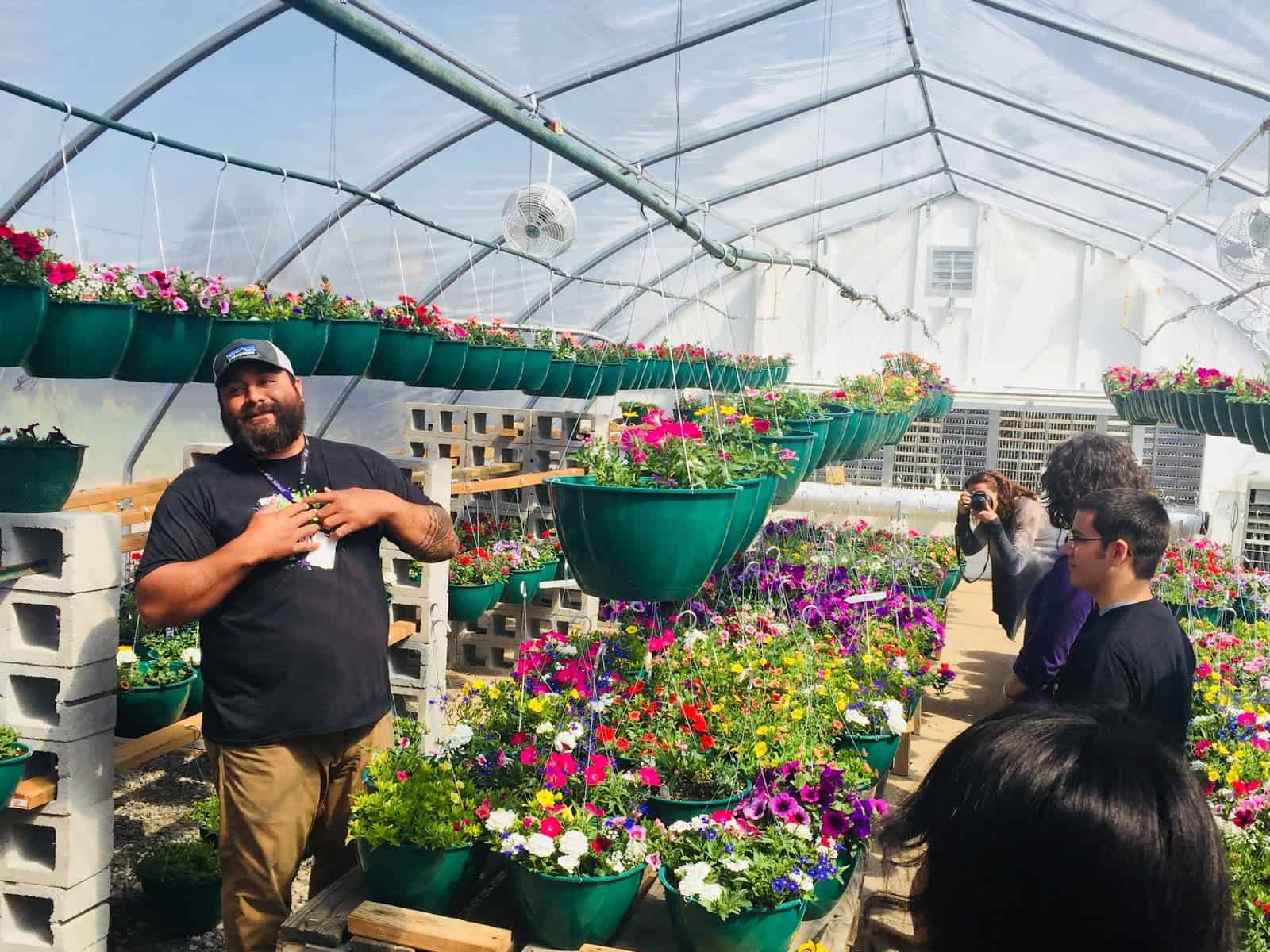
Dual Enrollment Alternatives
For learners struggling with traditional high school, college-level courses may seem like a stretch but sometimes a new setting, a new bargain, and strong supports are key to boosting motivation and academic progress.
San Diego Met a Big Picture school is located at Mesa College campus. Students take college classes on Monday, Wednesday, and Friday and participate in internships on Tuesday and Thursday.
Sponsored by Portland Community College, Gateway to College helps students who have dropped out or who may not graduate with their class. Students can earn a high school diploma while earning college credits.
Supported by IBM, P-TECH combines early college high school (the opportunity to earn an AA degree with a high school diploma) with high-tech internships and adds employment opportunities. Now, most prevalent in Texas, particularly Dallas, most P-TECH academies are for diligent academically successful students. A new Texas nonprofit is helping school districts extend the P-TECH model to alternative schools through district partnership.
Opening this fall in Los Angeles, Portal Schools will offer P-TECH benefits with business-based microschools (see feature).
Customized Pathways
Charter School of San Diego is an independent study program for grades 6-12 where every learner has a personalized plan focused on a post-high school goal. They take one or two courses at a time and complete a course every 3-4 weeks. The 20 CSSD resource centers are located in retail or office buildings with close access to work-study employment opportunities. The 28-year-old network won the Malcolm Baldrige award in 2015.
Community Youth Development Institute High School in Chicago combines blended, project-based, and work-based learning for youth not successful in traditional environments. Many students have paid work experience and earn some college credit, and/or industry certification.
GPS Education Partners operates 15 eastern Wisconsin education centers located at manufacturing facilities featuring a blended learning high school academic program and manufacturing apprenticeship that leads to certification and employment. GPS also consults with districts on work-based learning solutions (see case study).
ReSchool Colorado connects families with learner advocates to assemble personalized learning journeys that are a hybrid of homeschooling, internships, community learning opportunities and school partnerships.
Community-Embedded Learning
Alternative schools have and will continue to embrace their communities to define a learning ecosystem that is deeply connected to learning options outside of their walls. The following progressive schools, while not technically defined as an alternative, provide valuable learner-centered options in their community.
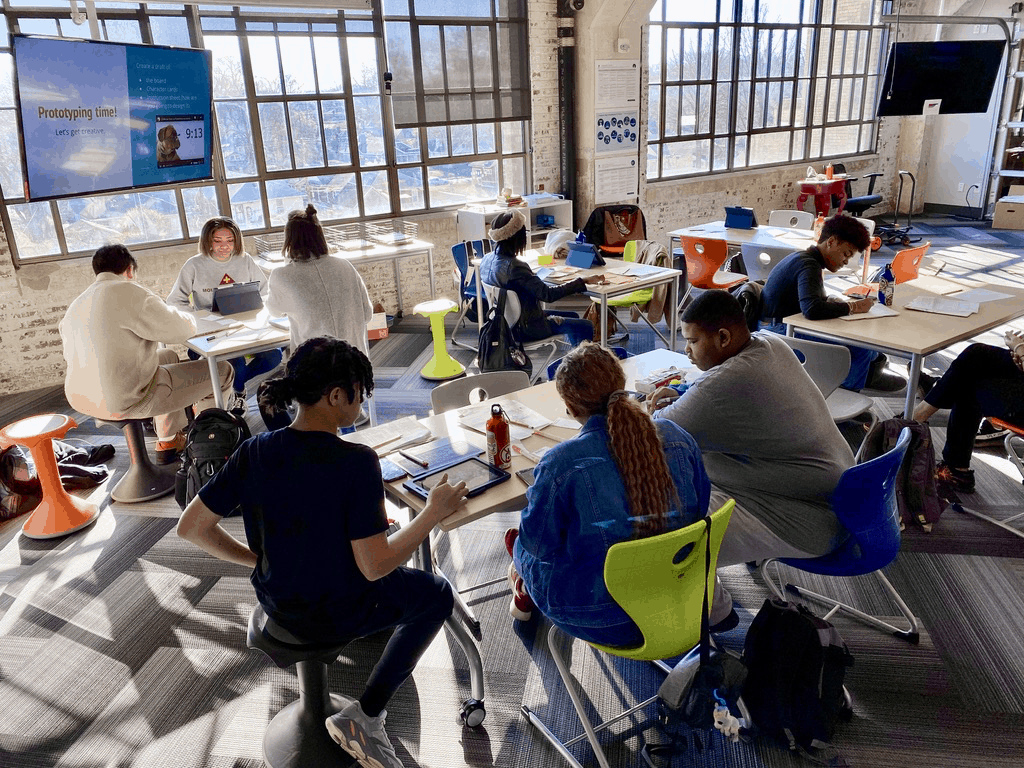
Crosstown High School located on the middle floors of a converted distribution center in Memphis. Learners engage with other residents of the vertical urban village and the broader community in project-based units of study.
Tacoma School District has community-connected high school alternatives including School of the Arts (SOTA) which embraces museums and theaters as learning spaces and Science and Math Institutes (SAMI) located at the Point Defiance zoo (see feature).
E3 Civic High School is located in the downtown San Diego Library. The E3 mission is to engage, educate, and empower learners. E3 scholars benefit from academic, civic engagement, and internship experiences that prepare them for life after high school.
The Grand Rapids Public Museum School hosts middle grades in a science museum and the high school in a converted art museum. The XQ school features a competency-, project-, and place-based learning model (see feature).
Meeting Special Needs
Meeting the needs of special needs learners means meeting the needs of all learners. A number of schools do this important work by getting to know learners and offering strong supports often aided by unique partnerships.
RISE High, a program of DaVinci Schools, opened in 2016 and won an XQ grant to serve Los Angeles youth navigating foster care, housing instability, probation, or other circumstances that have disrupted their academic journeys. The integrated flex-schedule, credit recovery model gives youth the voice and choice necessary to pursue their academic goals while honoring the responsibilities they have in their lives.
RISE High works with a network of youth-development agencies, municipalities, and support centers to provide counseling, case management, tutoring, job readiness training, career pathways, internships, extracurricular opportunities, leadership development, and more. RISE sites are co-located with service providers.
Brooklyn LAB personalizes learning with a next-gen platform and two hours of small group tutoring daily (see feature). The middle and high school serves students in the heart of the Brooklyn Tech Triangle. While not considered an alternative school, about 40 percent of LAB learners have complex needs. Opened in 2017, the high school won an XQ grant.
The International Network for Public Schools serves immigrant youth who are new to learning the English language. The 29-school network integrates language development and academic content while building student and family capacity for integration (featured on CompetencyWorks).
Residential Alternatives
Every community would benefit from a residential alternative to bridge housing and family insecure periods but the cost and siloed funding streams make it unusually challenging to create. There are three great examples, with different origin stories and funding models, that have been providing much-needed support for two decades.
Seed School in Washington D.C. serves 250 high school students with a rich college preparatory curriculum and 24-hour support services for five days a week.
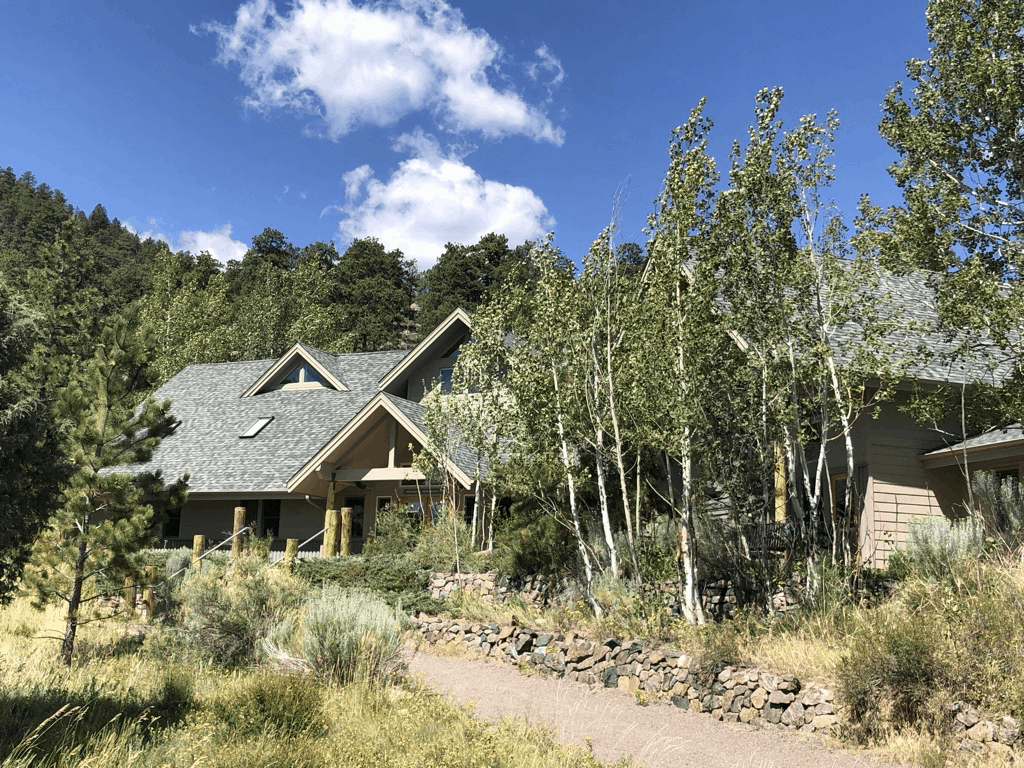
Eagle Rock School is a small year-round tuition-free residential high school in Estes Park, Colorado. Sponsored by American Honda, the learning model focuses on strong commitments and embedded values to support learners’ wellness and readiness to lead their path post high school (see feature).
Voyager is a short-term boarding school in the Chugach School District, east of Anchorage. It is available for students in and outside of their district. Most students are drawn from remote locations that do not have access to real-world learning options (see feature).
Conclusions
Rather than a holding area for disadvantaged or disciplined learners in a run-down old elementary school, many alternative schools today look more like a portfolio of unique pathways and options for gaining real-world skills and connections.
These alternatives often reframe the goal of high school from college prep to life prep and to belonging before achieving. The small supportive environments typically engage individuals rather than cohorts and have structures that value relationships.
For more see:
Stay in-the-know with innovations in learning by signing up for the weekly Smart Update. This post includes mentions of a Getting Smart partner. For a full list of partners, affiliate organizations and all other disclosures, please see our Partner page.

Tom Vander Ark
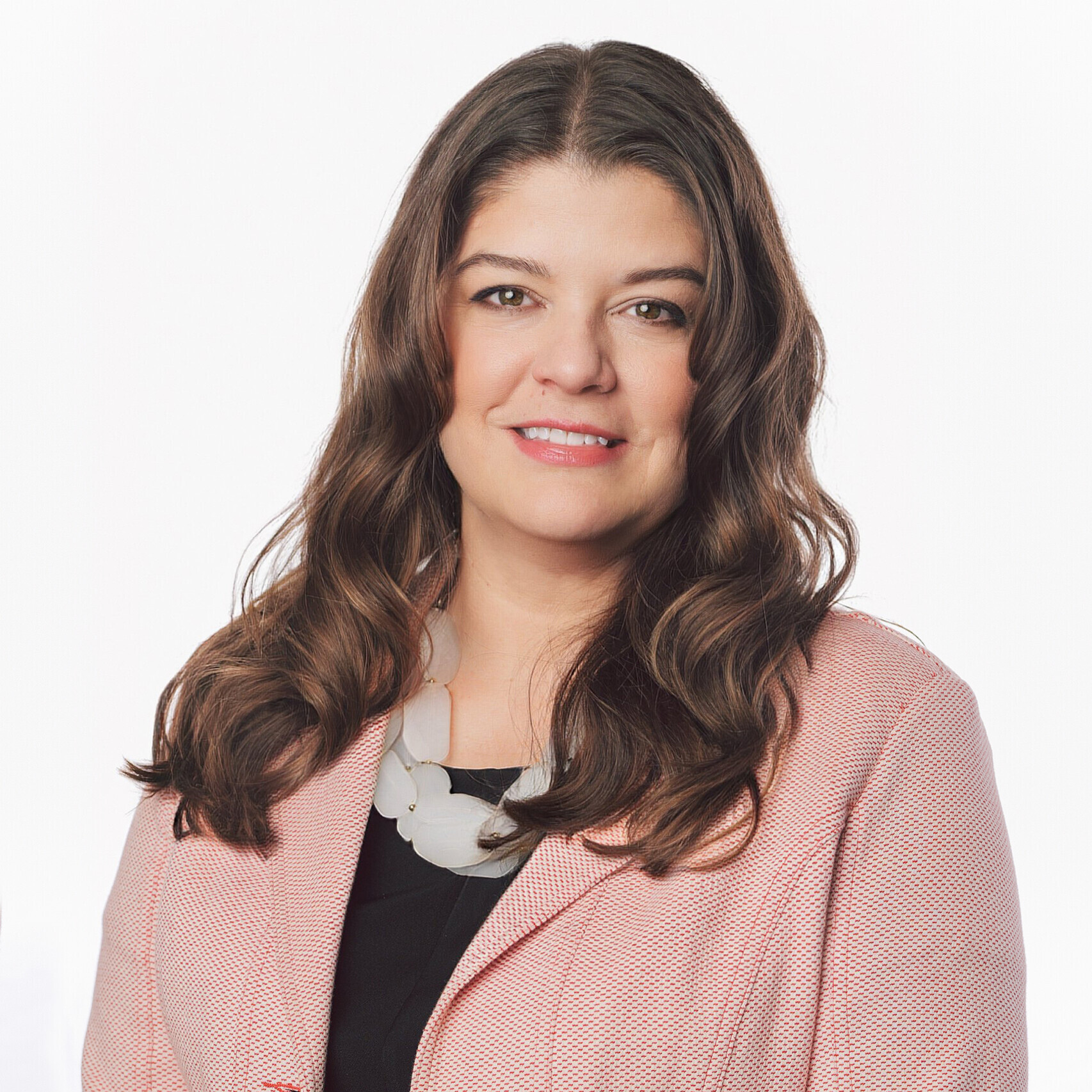







Aisha
Yes can someone please call me back or email me I'm very interested in your program I have a 13-year-old in Delaware School District and I need help